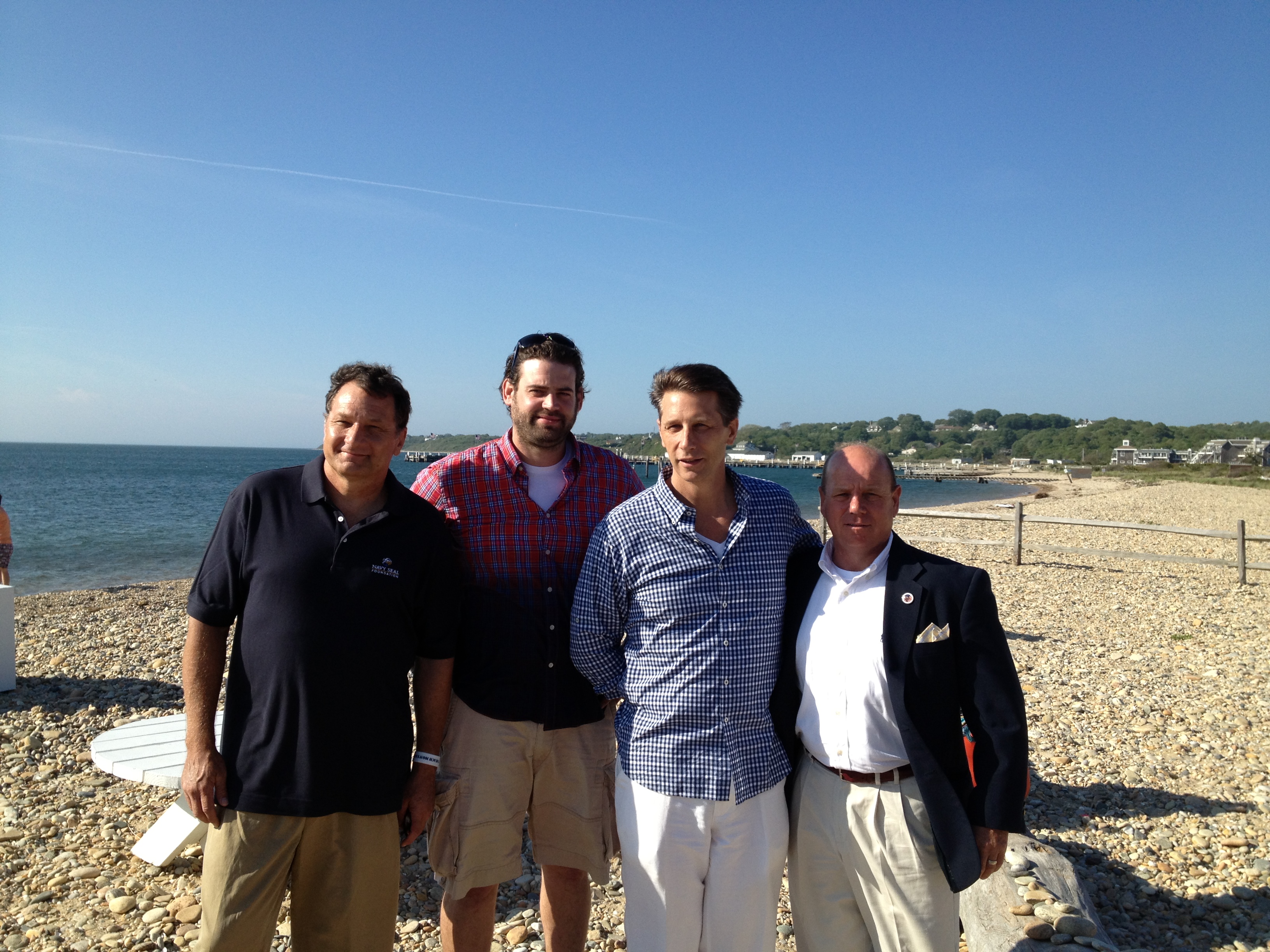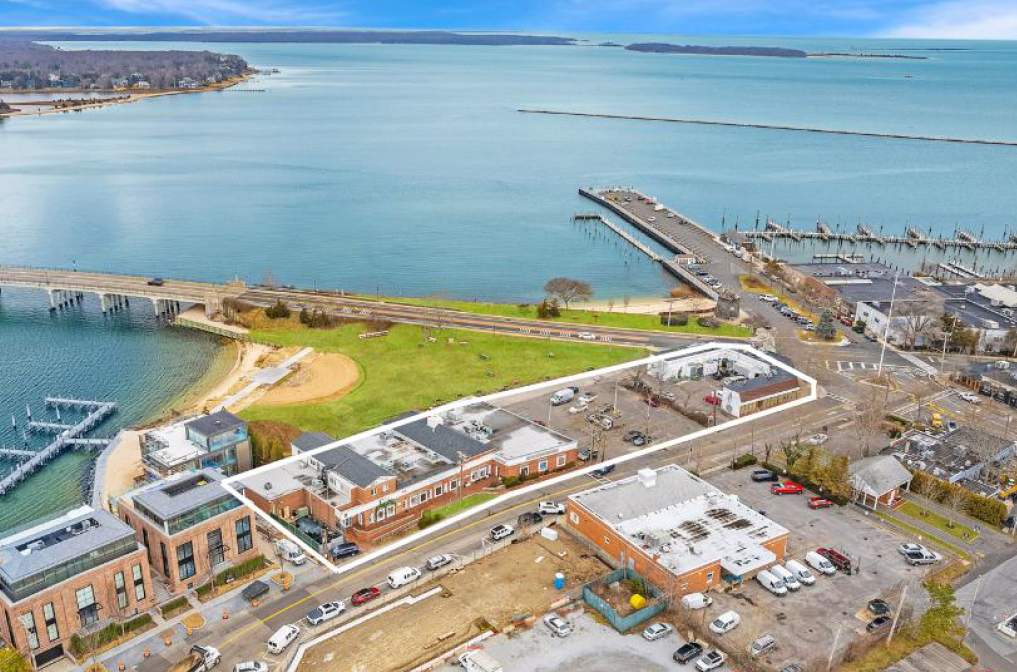Hanging Out with Some Real Navy SEALS in Montauk at Navy Beach

It was a pretty cool scene at Navy Beach restaurant over the weekend. An outdoor party that included a yacht anchored right off the coast of the restaurant, a legendary sunset, Nancy Atlas playing music outdoors and U.S. Navy SEALS walking about.
The party raised money for The Navy SEAL Foundation, which provides each service member and their family with the confidence and comfort that their family will be taken care of while on active duty, in the days immediately after a tragedy and in the years to follow.

On the beach outside the restaurant I got to mingle with retired Navy SEAL Captain Jim O’Connell, who looks like everything that a Navy SEAL should look like. Just his presence on the beach felt as hard as nails and when I shook his hand, the grip was like an iron safe. His daughter and wife were enjoying a large chair on the beach and the view when I said, “It’s a real honor to meet you.”
“Thank you,” Captain O’Connell said.
Other than some light conversation about how beautiful the day was, we didn’t say much else. He’s the kind of guy that at least for me, I didn’t want to show anything else but respect.
Speaking of respect, located in directly next to the Nancy Atlas band was Montauk resident and retired Marine John Behan, who lost both of his legs in war and sits in a wheelchair, but you wouldn’t think for a second that he’s bothered by it. He said with a smile, “This is a very nice party, isn’t it? How can you beat this?

Ingrid Lemme from Gurney’s Inn was at the party and showing her support, as well as others from the Naval Community, including the William M. Fries of the Board of Directors for the National Navy UDT-SEAL Museum and Memorial. There were also local wines from Lieb Cellars and beer from Brooklyn Brewery.

The Montauk community has many ties to the armed forces. It has been used as an Army, Navy, Coast Guard and Air Force base. During World War II the US Navy bought most of the east end to use as a military base. Fort Pond Bay became a seaplane base. The U.S. Army established Camp Hero with 16-inch guns to protect New York shipping lanes. Several concrete bunker observation posts were built along the coast, including one immediately to the east of the Montauk Lighthouse. You can even see these places today if you walk through Camp Hero. The base buildings were disguised so they would appear from above as a New England fishing village. The Army wasn’t the only military service active in wartime Montauk. The largest facility was the Navy’s massive new torpedo testing plant. Designed to help develop and test the new generation of torpedoes that would help win the war, it was located on Fort Pond Bay, along Navy Road. Montauk was a logical choice.
Geographically it was close to the only torpedo development facility in the county, the Newport, Rhode Island Naval facility. It was also a lightly settled area guaranteeing total security, with a body of water at Fort Pond Bay deep enough for the biggest Navy ships, and a natural bay wide enough to safely test fire and retrieve torpedoes.



